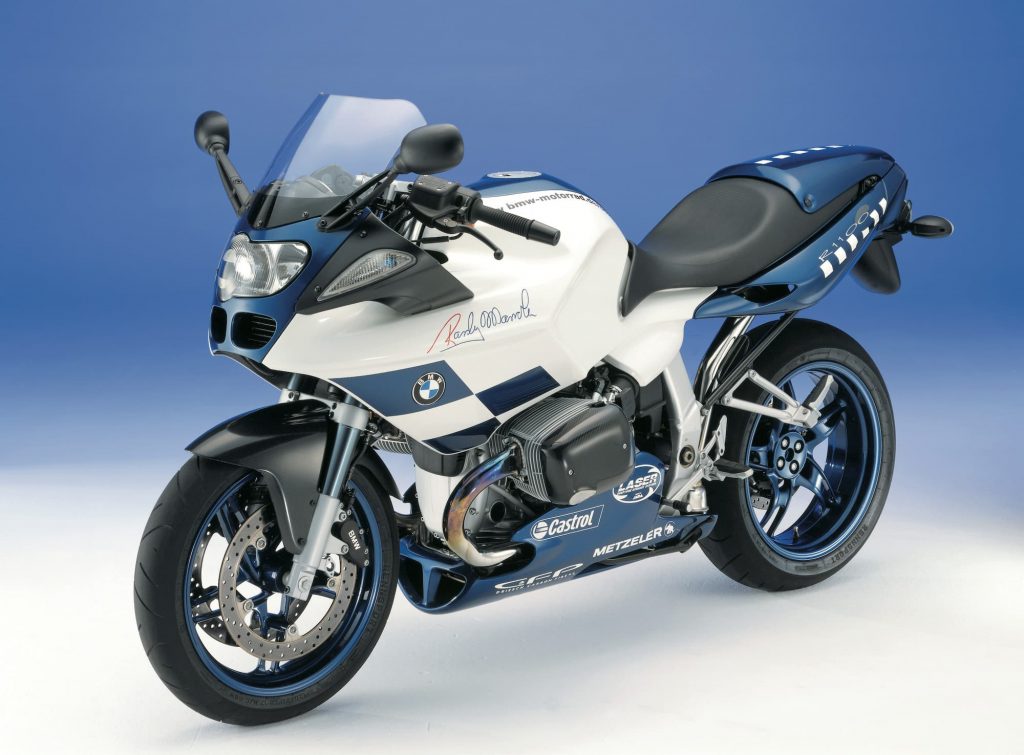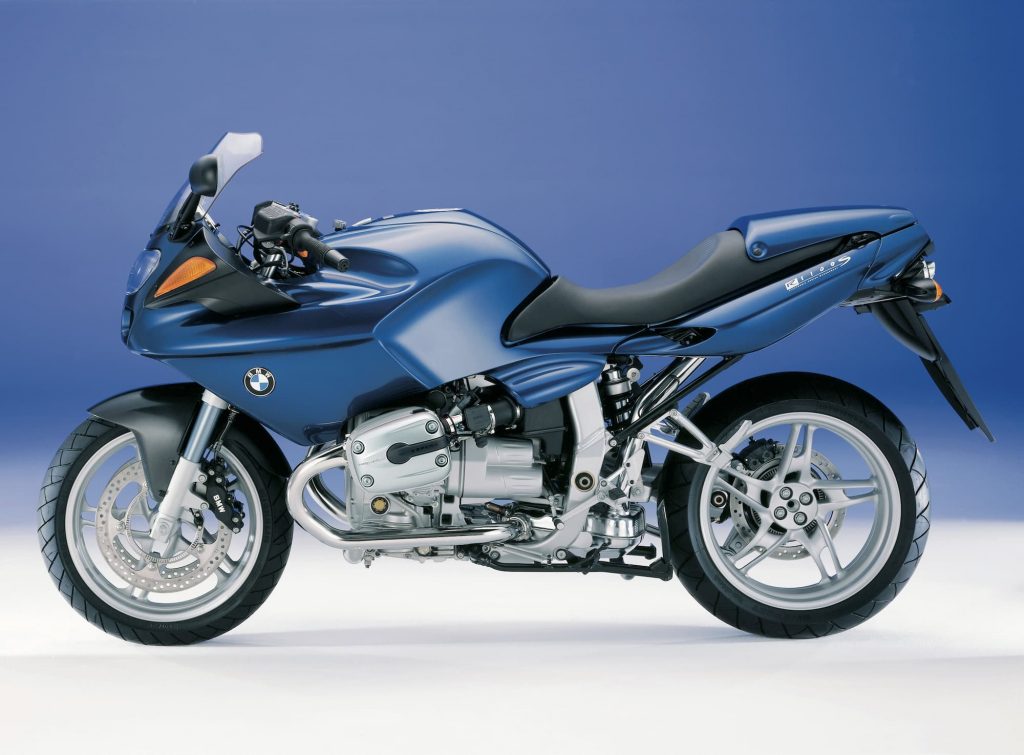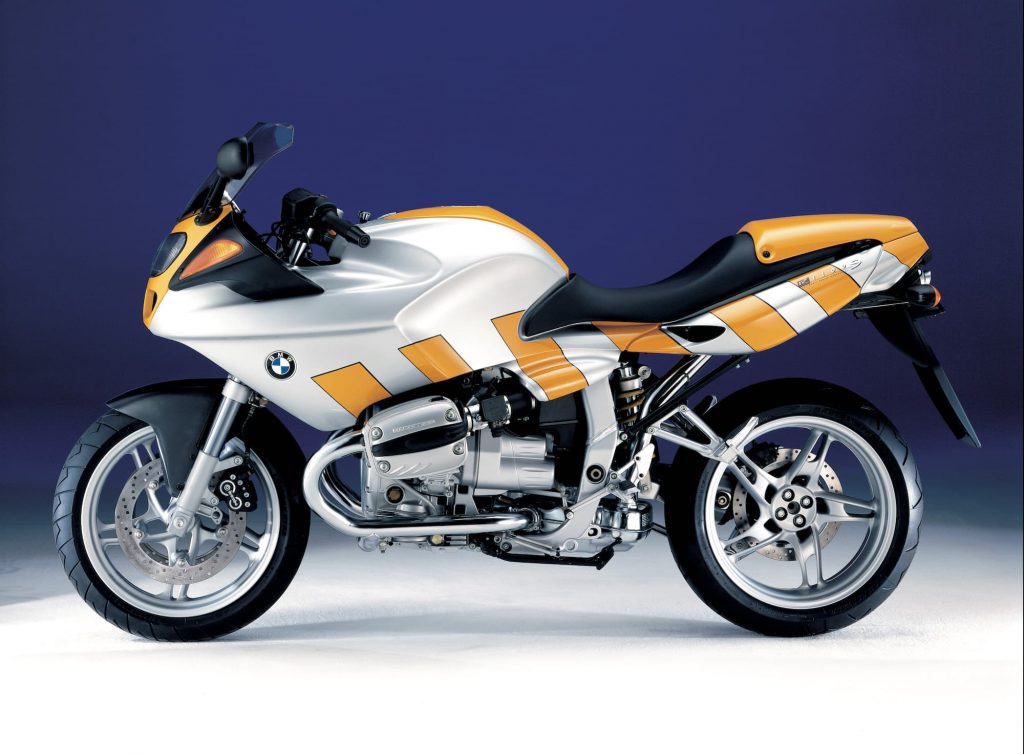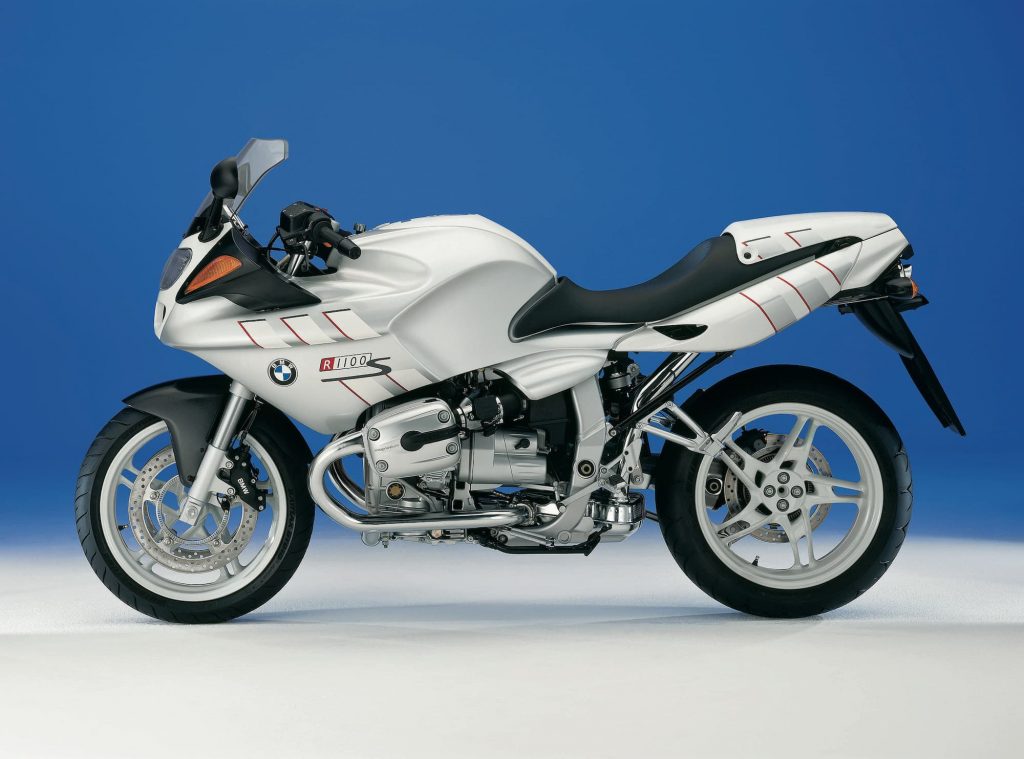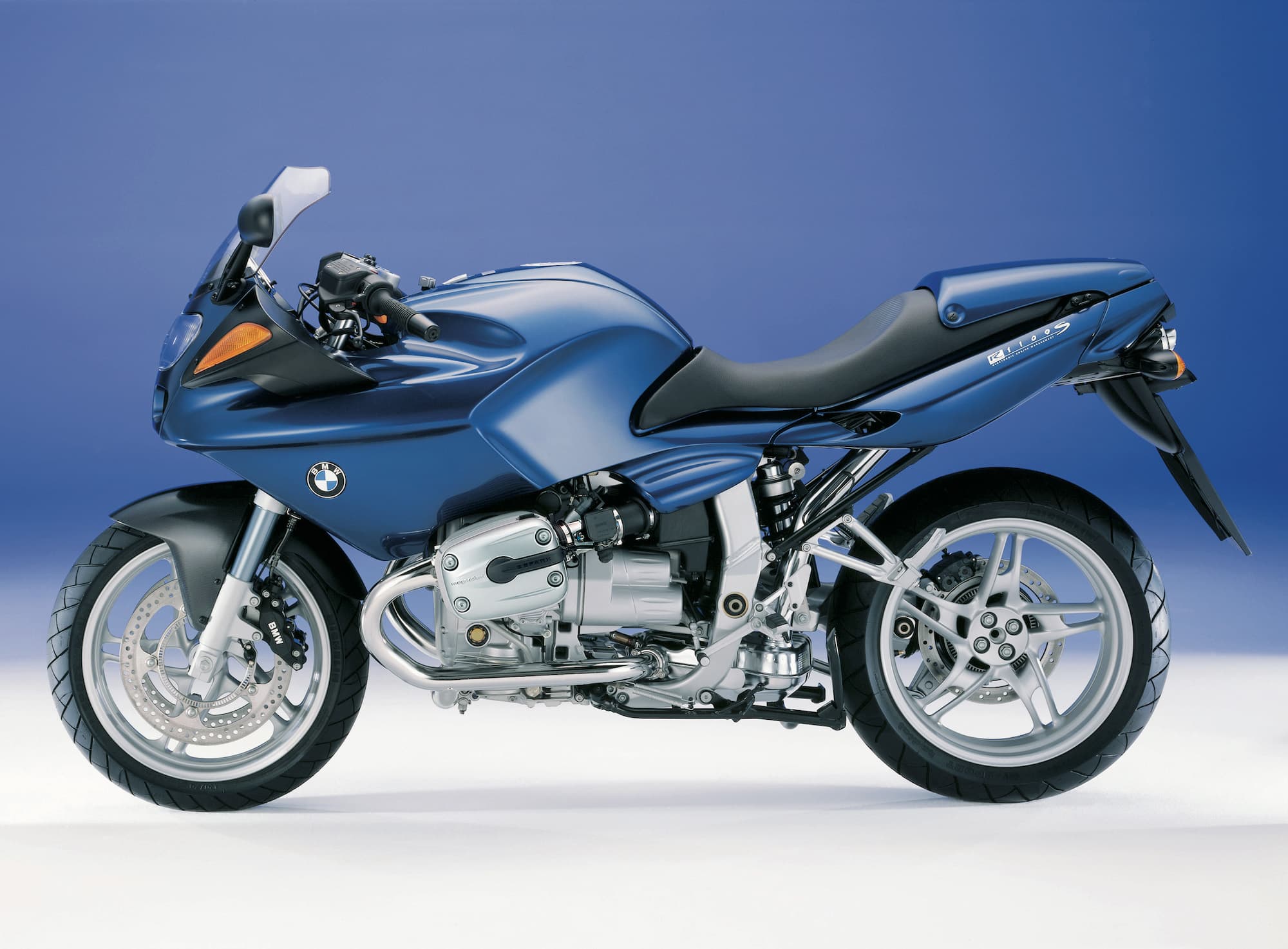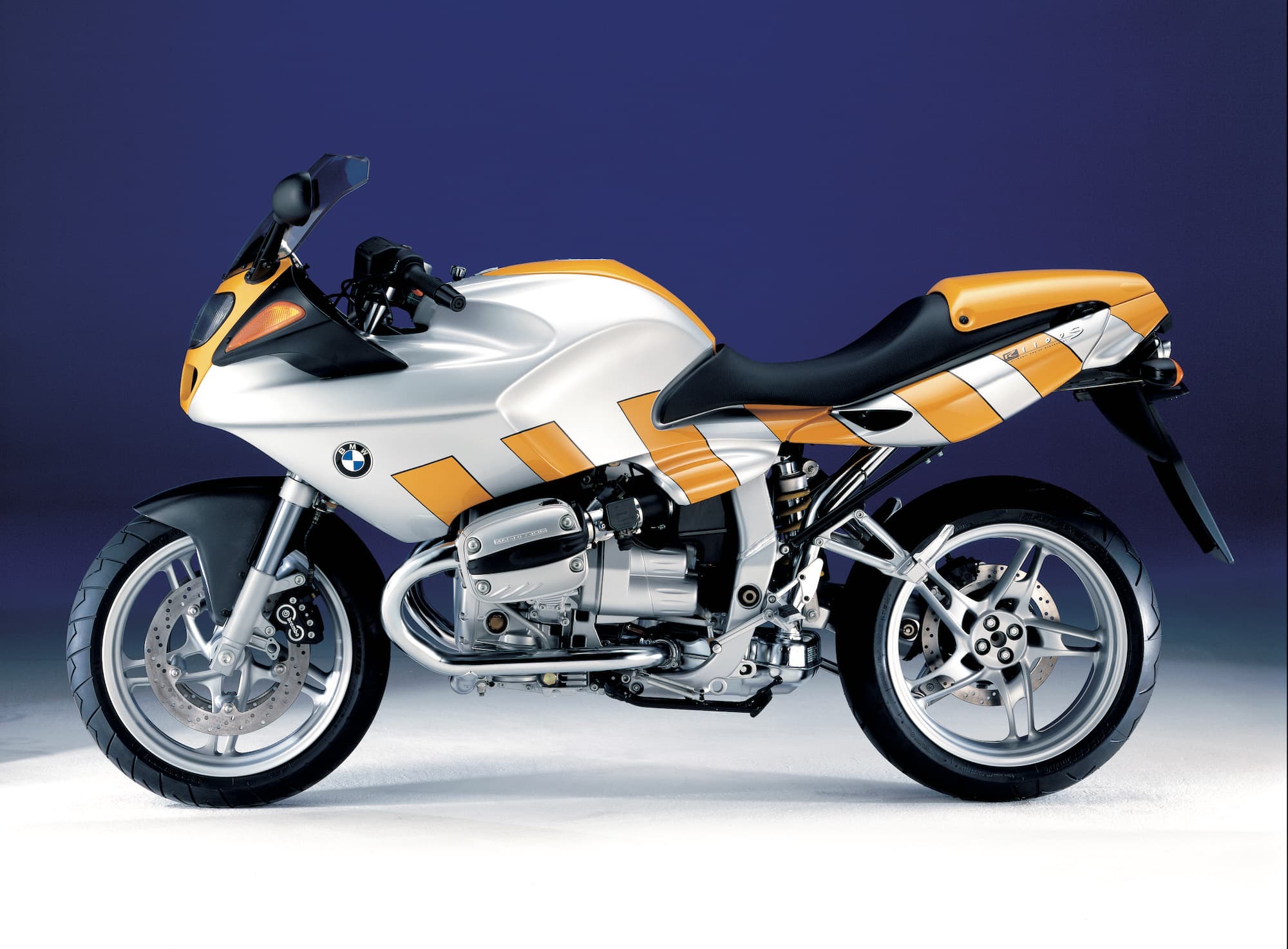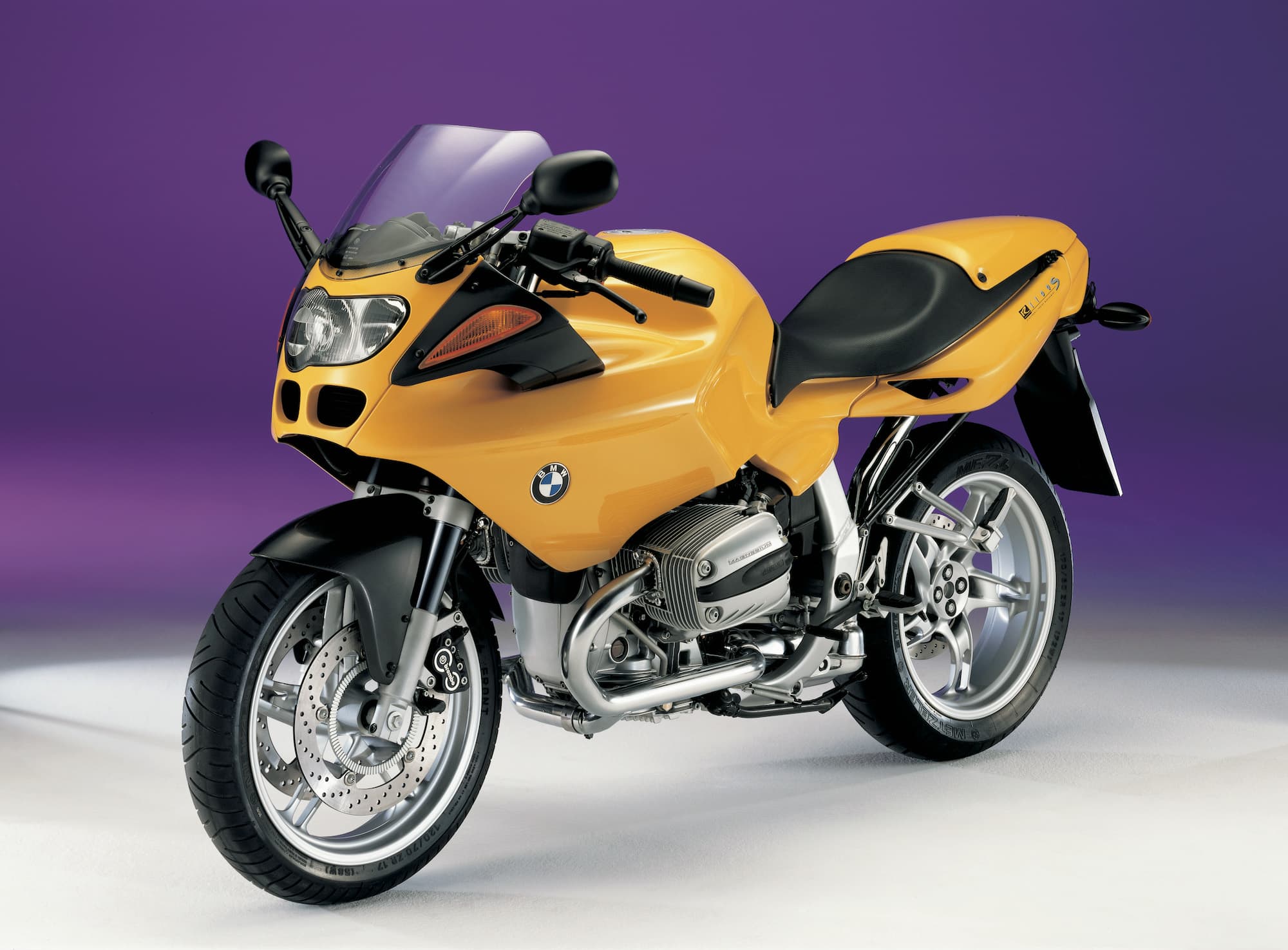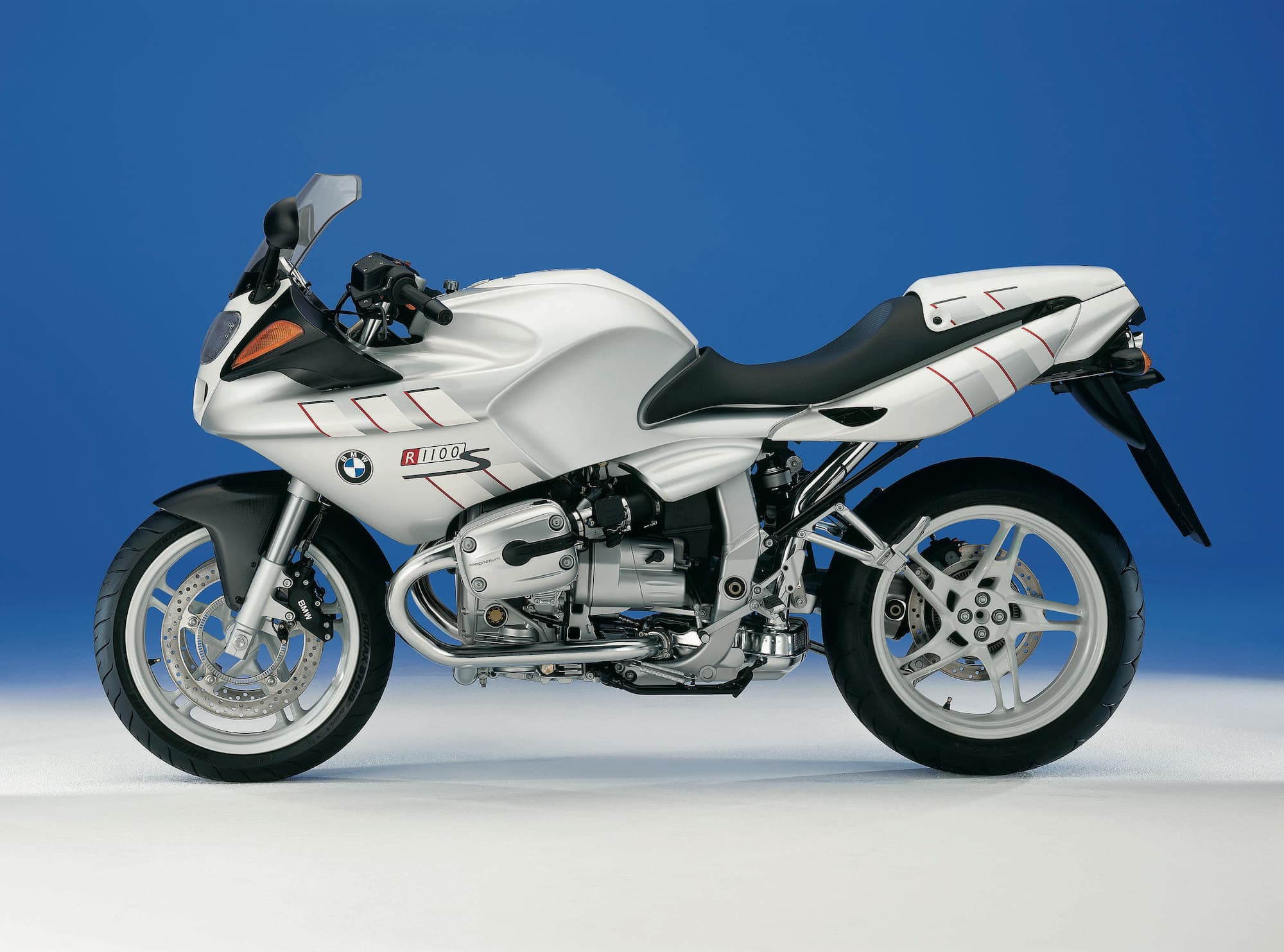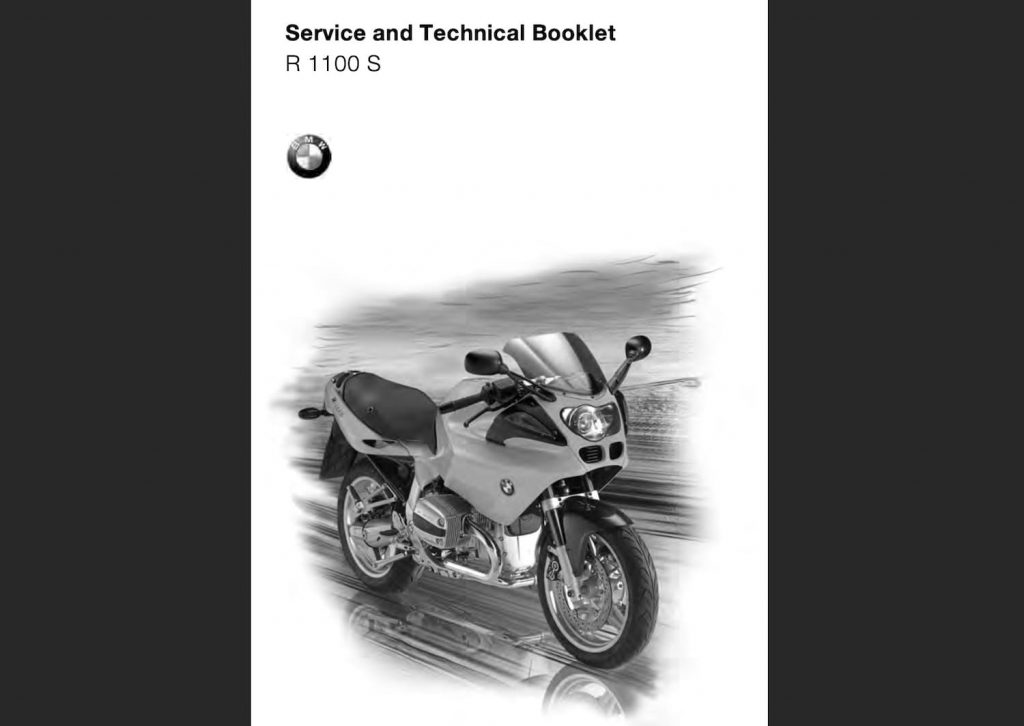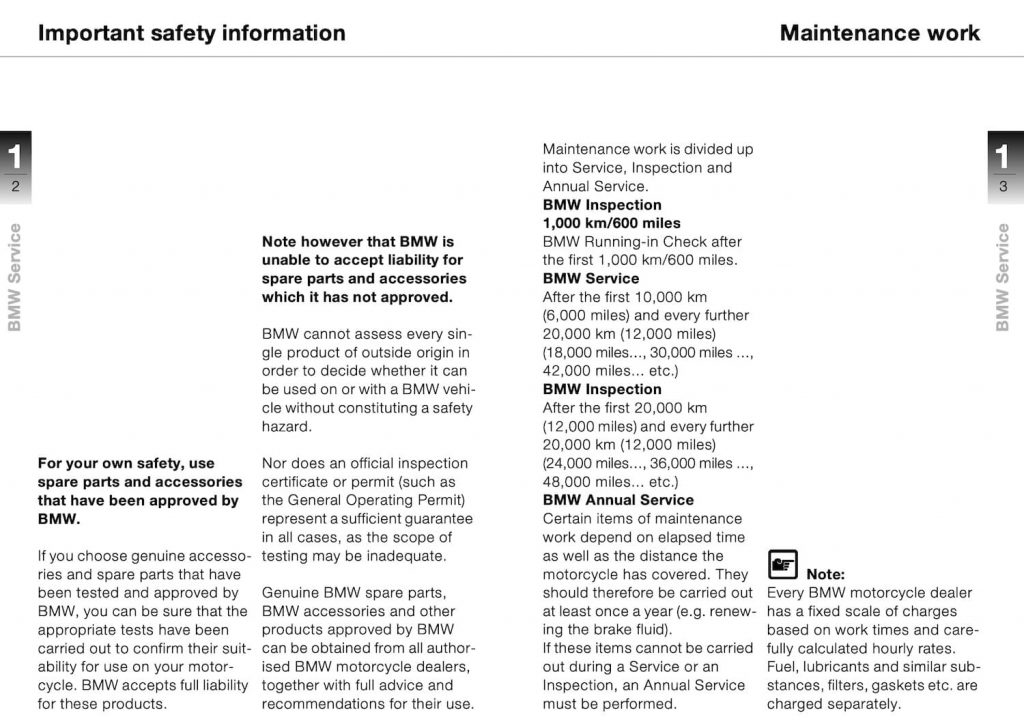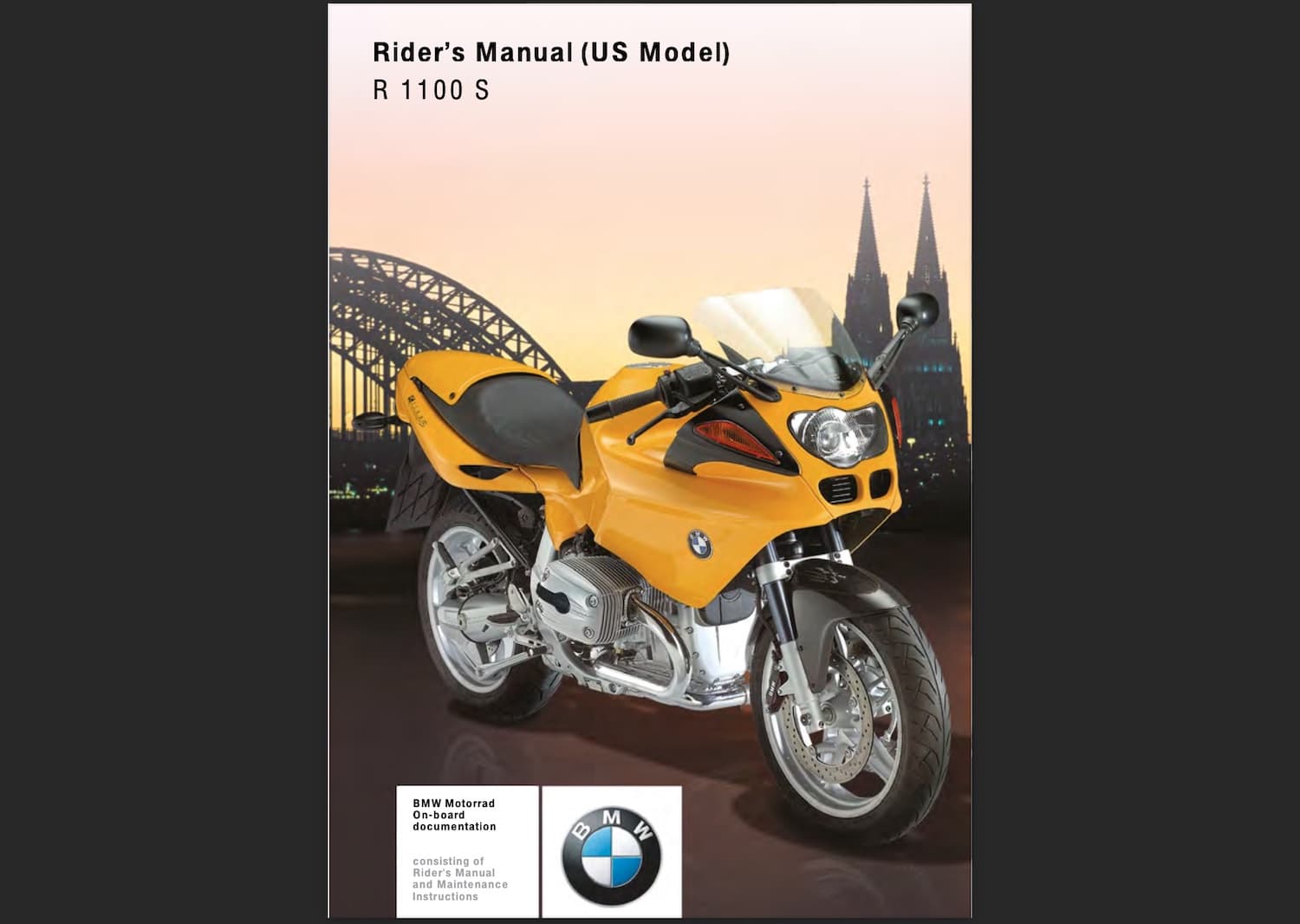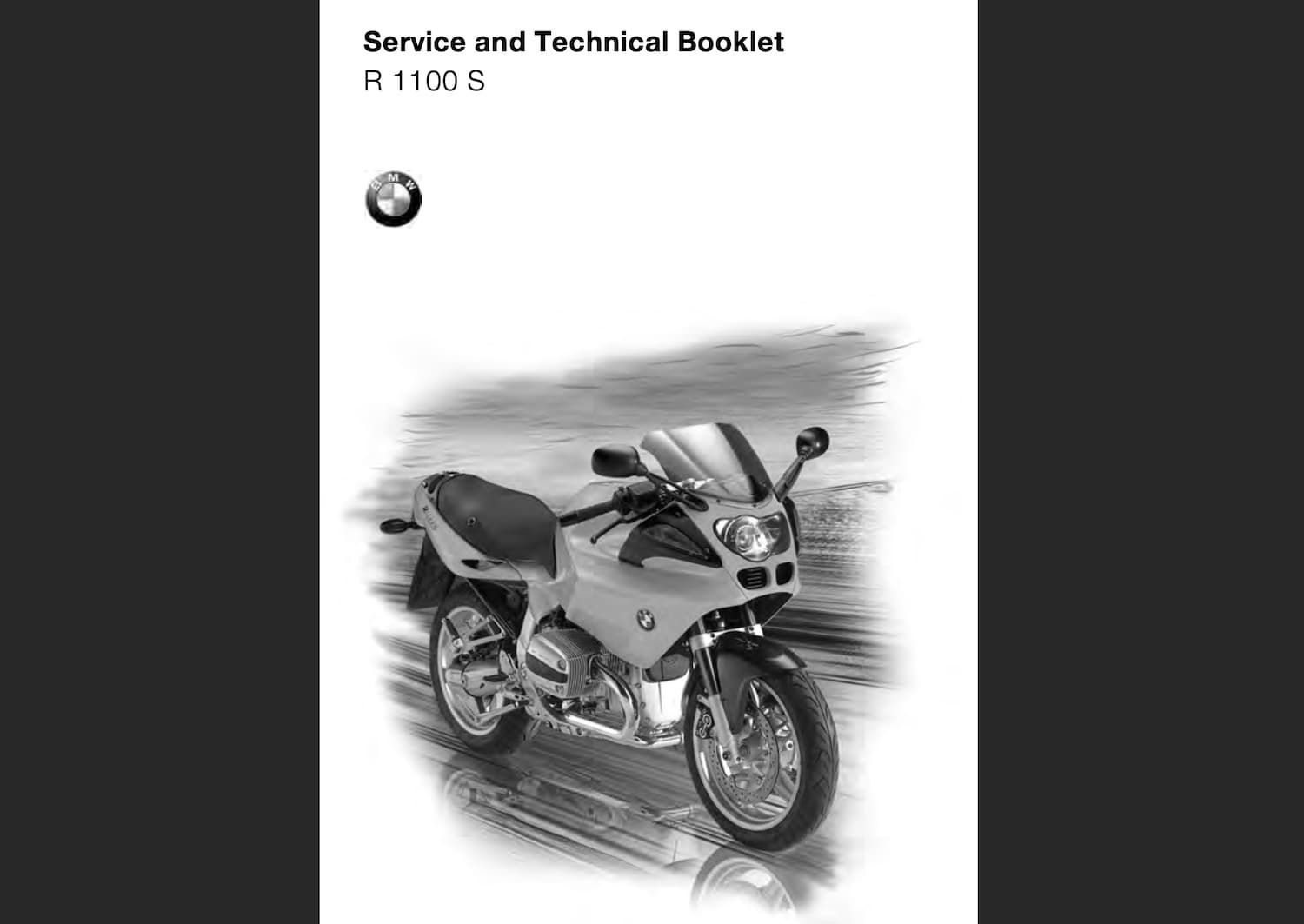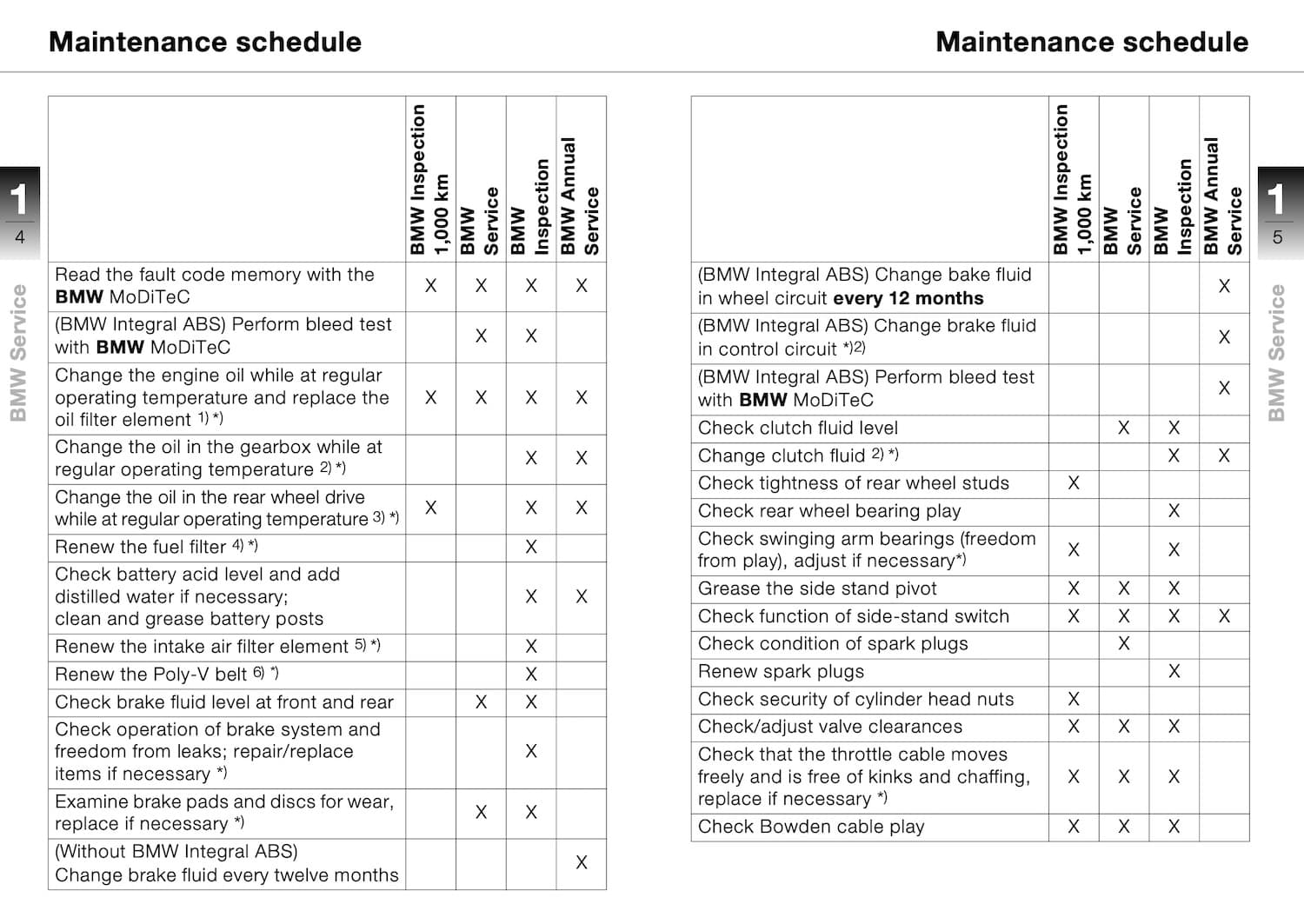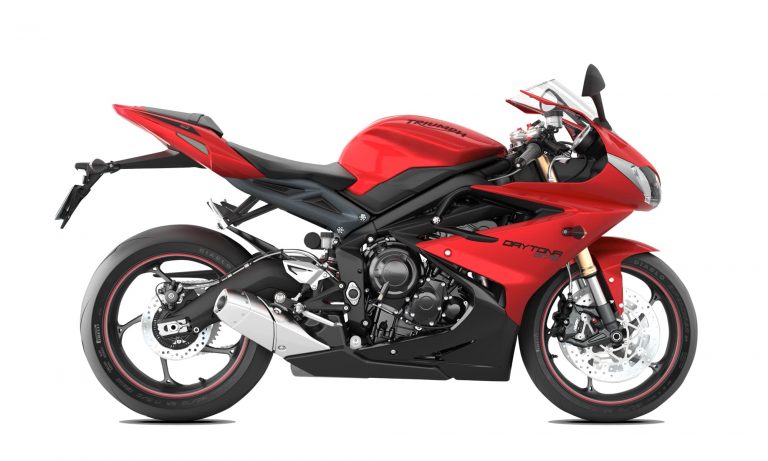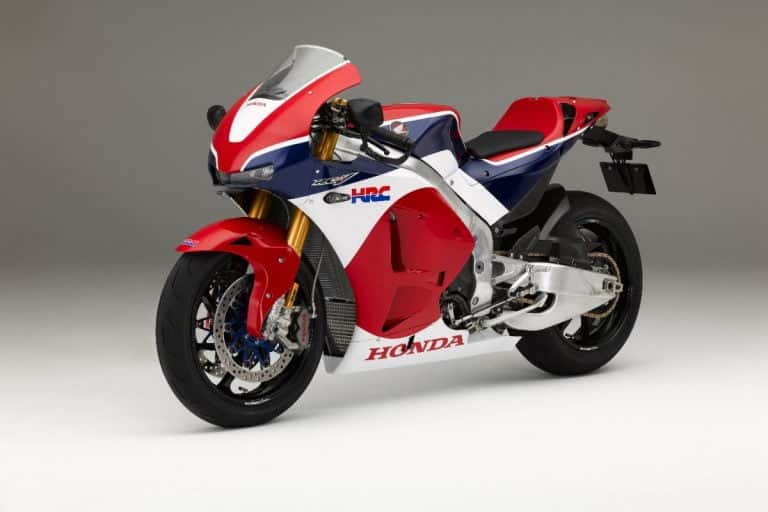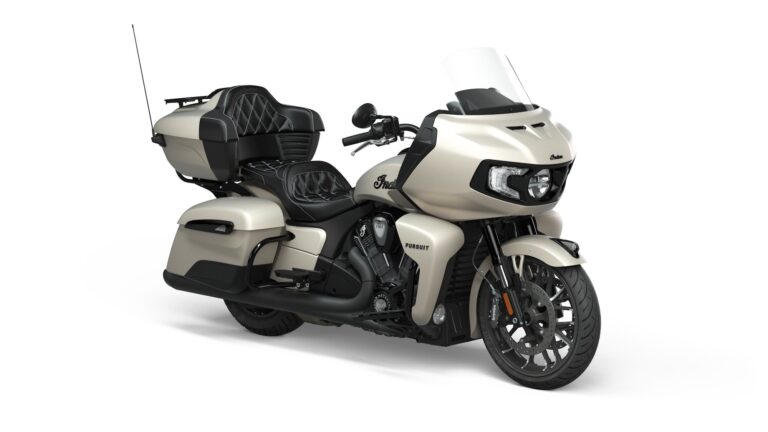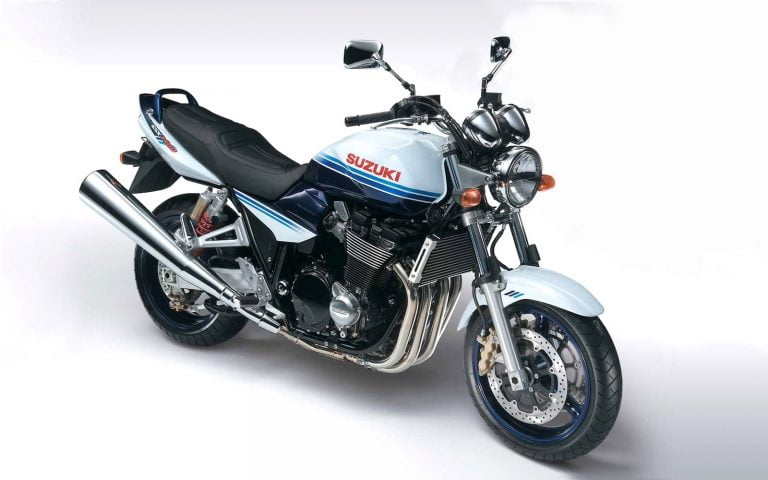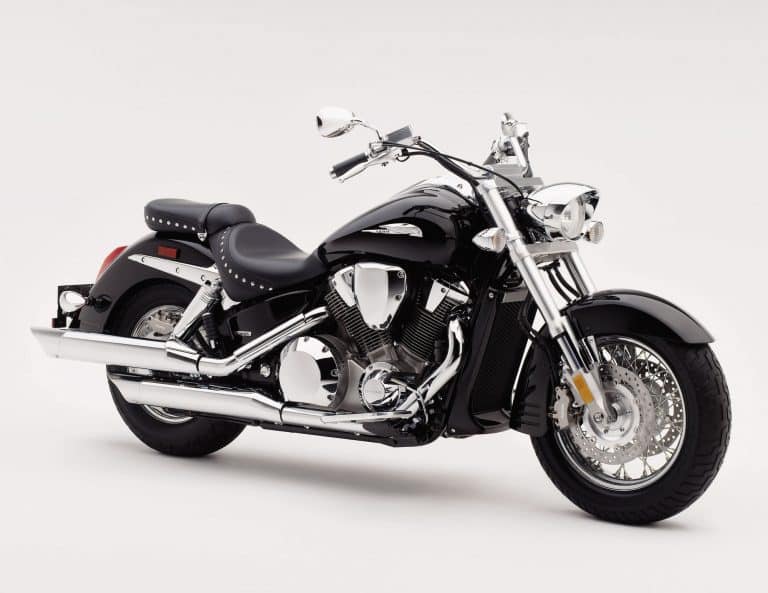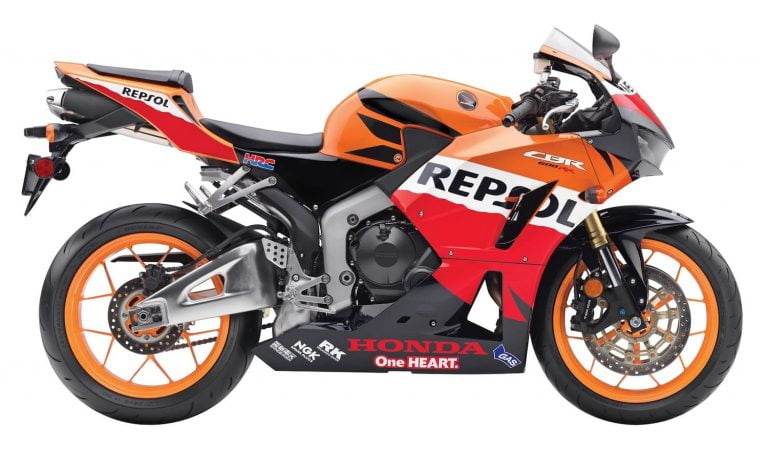BMW R 1100 S (1998-2005) Simplified Maintenance Schedule and Service Intervals
This is the maintenance schedule and associated service intervals for the BMW R 1100 S, one of BMW’s classic sport bikes with boxer engines, culminating in the gorgeous “Boxer Cup Replica”, the same bike but with some different paint and parts.
The BMW R 1100 S is powered by an 1085 cc air-cooled Boxer twin, with some additional oil cooling. The engine has side mounted chain-driven camshafts on each side that operate the valves by means of tappets and short pushrods.
In the R 1100 S, the 1085cc engine makes peak power of 72 kW (97 bhp) at 7500 rpm, and peak torque of 97 Nm (72 ft-lb) at 5750 rpm. Quite impressive for an air-cooled engine. Final drive is via a shaft, like with all BMW boxer-engined bikes of its generation.
The BMW R 1100 S was eventually replaced with the BMW R 1200 S, the last boxer sport bike (aside from the BMW HP2 Sport).
This site has links from which we earn a commission (which unfortunately nobody can save, not even us). If you appreciate this research work, then please use those links. Thanks.
Service Intervals for the BMW R 1100 S
The BMW R 1100 S has an air-cooled shaft-drive engine, so while the final drive doesn’t need regular attention, the engine does.
There are three oil changes you have to do on the R 1100 S: Engine oil, gearbox oil, and final drive oil. They all have different recommended engine distance intervals, but they do all have a two-year service interval just on changing the fluid.
But the core service interval for the BMW R 1100 S is every 6000 miles or 10000 km, at which point you should change the oil and filter, and do a valve inspection and adjustment as necessary.
At every service, do a full multi-point inspection too. The list of items to inspect is below.
On top of that, make sure you replace the long-term perishables, like the clutch and brake fluid, and even the rubber alternator belt, which if snaps will leave you without a functioning charging system.
What you need to service the BMW R 1100 S
Below is what BMW recommends you need to service the BMW R 1100 S.
| Part | BMW R 1100 S spec |
|---|---|
| Engine oil | BMW recommends a brand-name oil that covers a number of operating temperatures and that is API SF, SG, or SH (or better) spec. BMW Advantec 15W-50 (recommended for newer bikes) meets this spec. |
| Oil filter | The Hiflofiltro HF163, a high-quality drop-in replacement, fits the BMW R 1100 S |
| Spark plugs | The BMW R 1100 S has twin spark plugs per cylinder. * Primary spark plug: NGK BKR 7 EKC * Secondary spark plug: NGK DCPR 8 EKC |
| Clutch / brake fluid | Use BMW DOT 4 (though you can use any DOT 4 fluid). |
| Gearbox oil | API class GP5 hypoid gear oil, EPX 90 or SAE 90 API, e.g. Castrol 75W-90. |
| Final drive oil | API class GP5 hypoid gear oil, EPX 90 or SAE 90 API (same as Gearbox oil) |
| Air filter | You can use a BM-1199 air filter from K&N. |
| Alternator belt | The part number for the alternator belt is 12317681841. This is the same as a Hella 4PK611. |
| General grease | Shell Retinax EP2 or another anti-friction bearing grease, like the more modern Shell Gadus S3 |
BMW R 1100 S Maintenance Schedule
We adapted these service intervals from the manual, clarifying it and even correcting some typos (e.g. “bake fluid”, c’mon BMW).
There are two kinds of service interval:
- The regular inspection checklist, mostly checks and
- Longer-term, more major, periodic maintenance
Regular service checklist (Periodic / Annual)
Below is the regular service checklist — just a list of things to check over on the BMW R 1100 S at every check-up.
BMW marks some of them as “annual” checks. But even the ones not marked as annual checks are extremely simple, and there’s no harm doing them annually as well.
| Item | Annual |
|---|---|
| [Dealer] Read the fault code memory with the BMW diagnostic equipment | ✓ |
| [Dealer] (ABS model) Perform bleed test with BMW diagnostic equipment | |
| Check brake fluid level at front and rear | |
| Check clutch fluid level | |
| Examine brake pads and discs for wear, replace if necessary | |
| Check Bowden cable play | |
| Grease the side stand pivot | |
| Check function of side-stand switch | ✓ |
| Check tire pressures | ✓ |
| Check lights and signals function | ✓ |
| Check telltale / warning lights | ✓ |
| Check instruments | ✓ |
| Check clutch and gear shifter functioning and smooth operation | ✓ |
| Check handbrake, foot brake, and steering smooth operation | ✓ |
| Perform a test drive | ✓ |
| [Dealer] Record service in log book | ✓ |
Service schedule
Below is the longer service schedule for the BMW R 1100 S, including things to replace like oil and filters.
Notes
- At the end of the schedule, keep following it in the pattern shown. Most things are every one or two services, but some items have odd intervals, like changing the alternator belt.
- Some items have a time-based and distance-based interval, like the oil change
- Note there are three oil/lubricant changes, all with different periods.
| mi x 1000 | 6 | 12 | 18 | 24 | |
|---|---|---|---|---|---|
| km x 1000 | 10 | 20 | 30 | 40 | Every |
| Change the engine oil and filter Ensure engine is at regular operating temperature | ✓ | ✓ | ✓ | ✓ | Year. Also, service more often if ridden offen in cold or in start-stop conditions |
| Change the oil in the gearbox Ensure engine is at regular operating temperature | ✓ | ✓ | 2 years | ||
| Change the oil in the rear wheel drive Ensure drive is at regular operating temperature | ✓ | 2 years | |||
| Check spark plugs condition | ✓ | ✓ | |||
| Replace spark plugs | ✓ | ✓ | |||
| Check/adjust valve clearances | ✓ | ✓ | ✓ | ✓ | |
| Replace the intake air filter element | ✓* | ✓ | ✓* | ✓ | * More often if riding in dusty / dirty conditions |
| Replace the fuel filter | ✓* | ✓ | * If fuel is of poor quality | ||
| Check that the throttle cable moves freely and is free of kinks and abrasion. Replace if necessary | ✓ | ✓ | ✓ | ✓ | |
| Check throttle body synchronisation. Repair leaks if necessary | ✓ | ✓ | ✓ | ✓ | |
| Check operation of brake system and freedom from leaks. Repair/replace items if necessary | ✓ | ✓ | |||
| Change brake fluid (if ABS model, then just in wheel circuit) | Year | ||||
| (ABS model) Change brake fluid in control circuit | 2 years | ||||
| (BMW Integral ABS) Perform bleed test with BMW MoDiTeC | Year | ||||
| Change clutch fluid | ✓ | ✓ | 2 years | ||
| Check rear wheel bearing play | ✓ | ✓ | |||
| Check swinging arm bearings (freedom from play), adjust if necessary | ✓ | ✓ | |||
| Check battery acid level and add distilled water if necessary; clean and grease battery posts | ✓ | ✓ | |||
| Replace the alternator belt (Poly-V Belt) | 36000 miles / 60000 km |
About the BMW R 1100 S
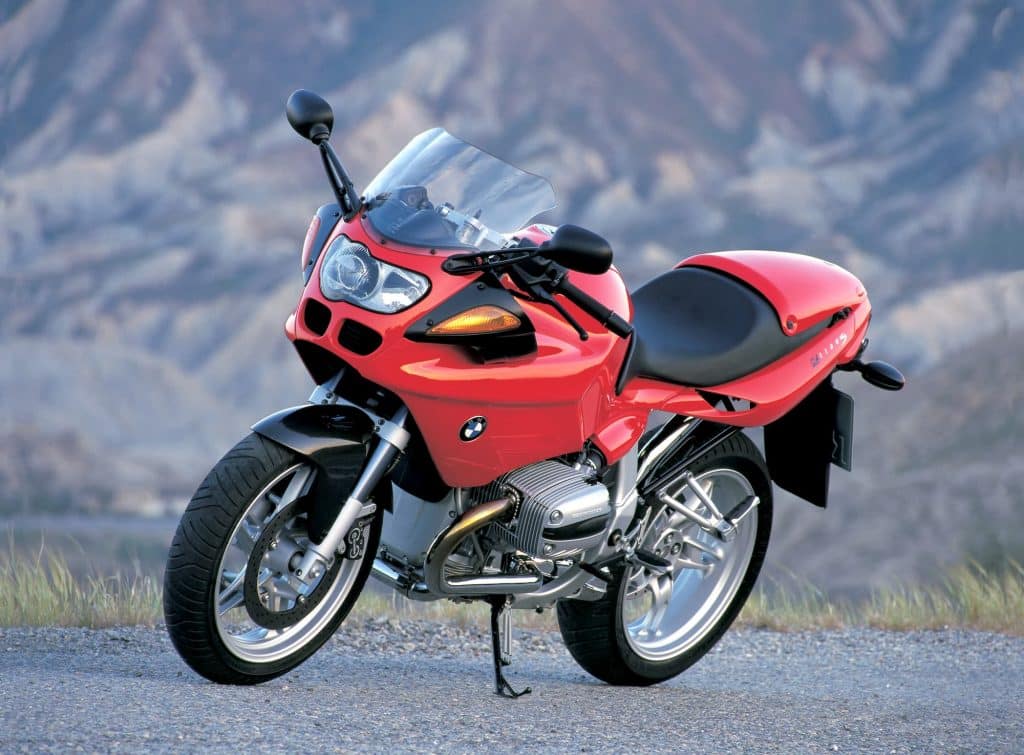
The BMW R 1100 S is a bike many have forgotten about, but it has a dedicated fan of followers that know it for its merits.
At its core, the BMW R 1100 S has a lot that’s unique about it. It’s a sport bike, but a comfortable one, without quite being a sport tourer. BMW had other sport tourers in its own lineup, so of that we can be sure.
It has an air-cooled boxer engine, but it’s tuned quite high for decent power. The 1085c boxer twin has a relatively high (for a non-liquid cooled engine) compression ratio of 11.3:1, which helps the R 1100 S get to an impressive peak power figure of 72 kW (97 bhp) at 7500 rpm, helped by the generous peak torque of 97 Nm (72 ft-lb) at 5750 rpm.
While the BMW R 1100 S shares a platform with other BMW motorcycles in the R 1100 class, like the BMW R 1100 GS, the R 1100 S has a more aggressive tune.
Even though the R 1100 S is a little heavy for a sport bike, weighing 229 kg / 505 ft-lb with a full tank of gas, it really moves. You just might have to shift a little more than you would on a modern high-strung four-cylinder sport bike.
The BMW R 1100 S has a BMW Telelever front-end, another distinguishing characteristic for a sport bike. It’s similar to a wishbone-style suspension, with a horizontal fork coming out from the middle of the bike onto moving fork pistons that don’t have any suspension function, and a single suspension strut.
The benefit of a Telelever-style suspension is that it’s anti-dive. The bike’s geometry changes as the piston compresses and the effect is that you don’t pitch forward as you would on a bike with normal forks. The result? Much more stability in corners, and much less clanging of your riding partner’s helmet onto yours as you brake. The downside is that you don’t “feel” corners as much as you would on another bike, so it takes some getting used to.
The BMW R 1100 S also has under-seat exhausts. Coupled with a single-sided swingarm, this makes for a visual feast as you get to look up on that beautiful exposed rear wheel. Few other manufacturers can do this. These days, under-seat exhausts are no longer in vogue, as they’re quite heavy and also make for a hot seat. So only a few manufacturers (like Ducati) can effectively combine the exposed rear wheel and an under-boxy exhaust for similar visual glory.
Modern sport-tourers are often over 100 hp and much higher revving. Plus, they have complications that make owning and servicing them more complex, like advanced controls, suspension, and wiring systems. If you’re after a throwback sporty tourer (well, a sportbike in the day) with accessible power and striking unique looks, there’s not much out there that the R 1100 S compares with — other than its successor, the BMW R 1200 S, even the BMW HP2 Sport.
The BMW R 1100 S also came in some sportier configurations, culminating in the gorgeous and fairly exclusive BoxerCup Replika or BCR.
The BMW R 1100 S BCR has the same underlying framework as the R 1100 S (including the engine in basically the same tune, with the same claimed power/torque), though the BCR comes with a twin Laser under-seat exhaust system, braided brake lines, Öhlins suspension, and a shorter Paralever arm which raised the rear end and increased cornering clearance.
Reference — Manual for the BMW R 1100 S
The above information for the BMW R 1100 S came from the rider’s manuals as well as the maintenance booklet.
Some screenshots for reference are below.
Both of these are (at present) available from the BMW website here.
